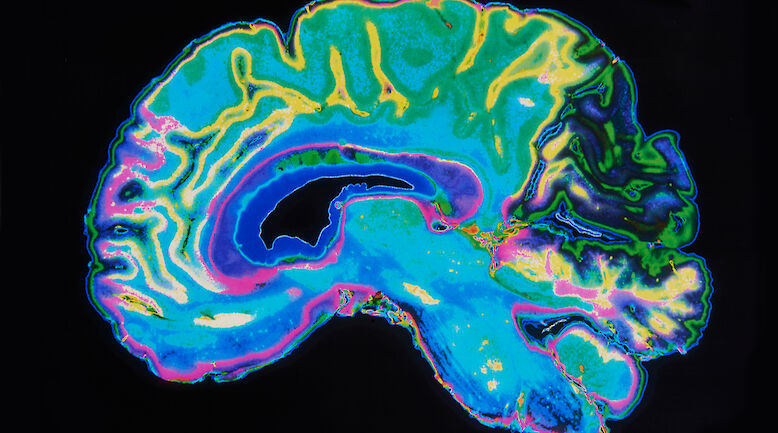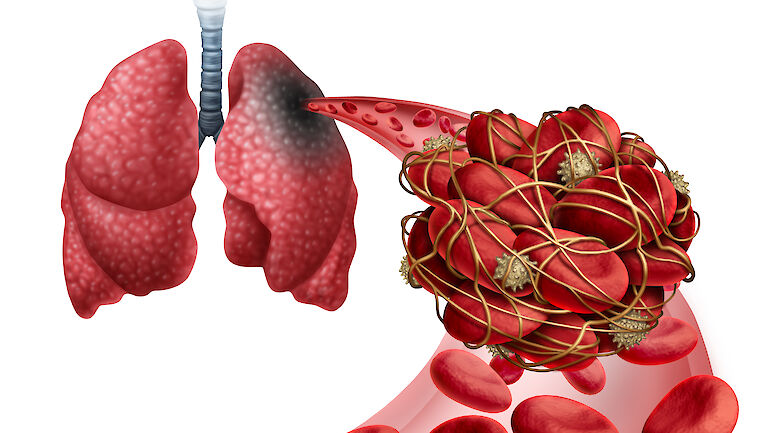English summary: Experiential learning methods improve the communication skills of medical students

Background
This study focuses on professionally-oriented communication education in the field of medicine. Previous research on communication education in the field of medicine has shown that experiential learning methods are more effective in teaching communication skills than instructional methods. Nowadays experiential methods such as simulated patients (SP) and role-play are widely used in communication education. However, there is a lack of studies comparing medical students’ perceptions and the use and the effect of different experiential methods on learning interpersonal communication competence. In this study we explore Finnish second-year medical students’ perceptions of three experiential learning methods, their attitudes to learning communication skills and their self-reported learning outcomes in three groups using different experiential methods: SPs, role-play, and Theatre in Education (TIE). The methods were introduced on a course in communication.
Methods
In 2006 a course in communication for medical students was developed in co-operation with a speech communication lecturer and clinical lecturers. Students (N = 132) were randomly assigned to three groups where TIE method (n = 43), SPs (n = 44) and role-play (n = 45) were used. Data were collected by questionnaire, three focus group interviews and a translated version of the Communication Skills Attitude Scale. Data were analyzed using SPSS version 17.0. Open-ended questions and focus group interviews were analyzed using qualitative content analysis and cross-case analysis.
Results
The results showed that the most students (84 %) in each group found these methods suitable for learning interpersonal communication competence. There were no statistically significant differences in students’ perceptions. According to the students, these three methods had five special elements in common: the doctor’s role, the patient’s role, reflective participation, emotional reactions and teachers’ actions. The students’ self-reported learning outcomes were communication skills, knowledge of doctor-patient communication, patient-centeredness, and becoming aware of interpersonal communication competence. A few students’ reported no learning outcomes. These self-reported learning outcomes were similar in the three groups. The medical students’ attitudes to learning communication skills became more positive during the pilot course. There were no significant differences in students’ attitudes in the three groups before or after the course.
Conclusions
Reflection of the results showed that these experiential learning methods are well suitable for learning interpersonal communication competence. These methods enable observing and analyzing doctor-patient interaction, reflecting on interaction with peers, and practicing interpersonal communication skills in the doctor’s role. In addition, a safe learning atmosphere supports learning with these experiential methods.












